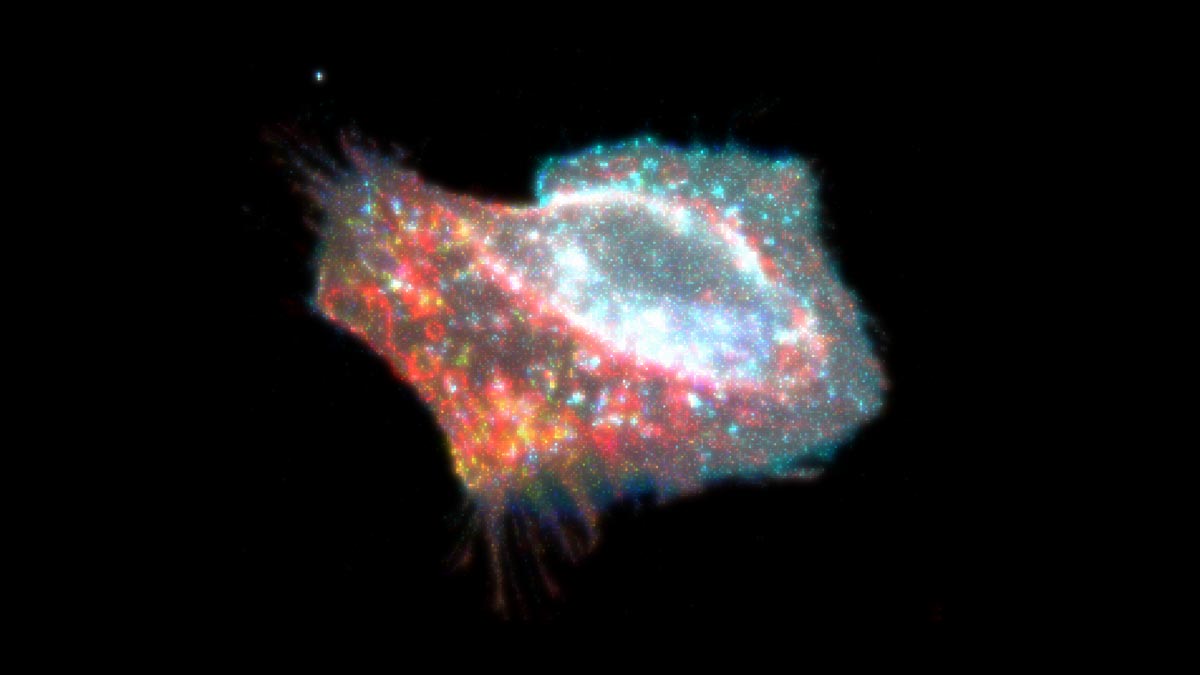
To understand more about this process, the UIC researchers designed an “optogenetic” gasdermin by genetically engineering the protein to respond to light.
“The cell death process plays an important role in the body, in both healthy states and unhealthy ones, but studying pyroptosis — which is a major type of cell death — has been challenging,” said Gary Mo, UIC assistant professor in the department of pharmacology and regenerative medicine and the department of biomedical engineering at the College of Medicine.“Our optogenetic gasdermin allowed us to skip over the unpredictable pathogen behavior and the variable cellular response because it mimics at the molecular level what happens in the cell once pyroptosis is initiated,” Mo said.The researchers applied this tool and used florescent imaging technology to precisely activate gasdermin in cell experiments and observe the pores under various circumstances.“Understanding how to control this process unlocks new avenues for drug discovery, and now we can find drugs that work for both sides — it allows us to think about tuning, either boosting or limiting, this type of cell death in diseases, where we could previously only remove this important process.”H
Reference: “Gasdermin D pores are dynamically regulated by local phosphoinositide circuitry” by Ana Beatriz Santa Cruz Garcia, Kevin P.Mo, 10 January 2022, Nature Communications.
January 15, 2022
January 15, 2022